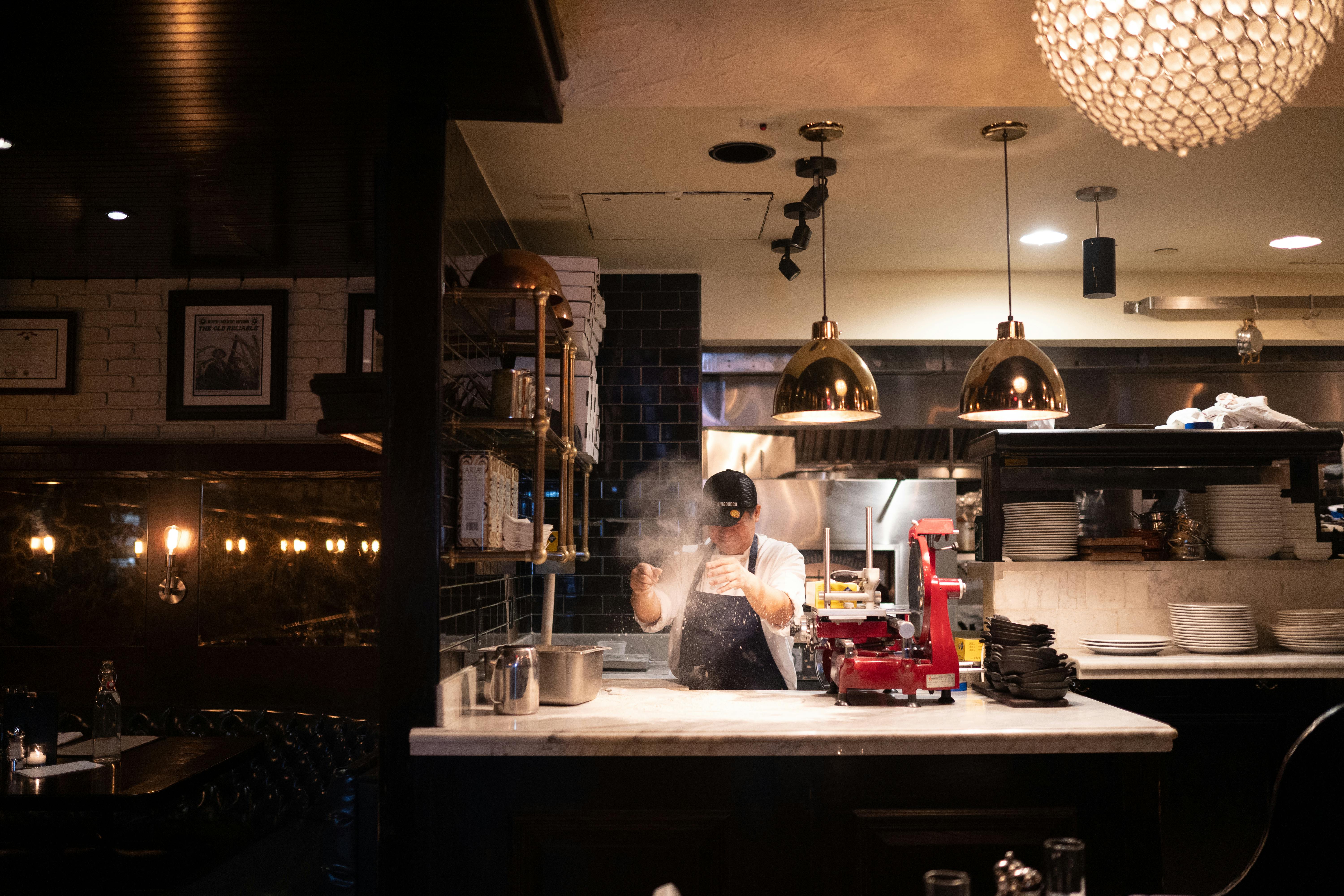Create a perfect game room
These days it seems like kids need a lot more space for toys than when we were kids. The kids may have been given a full half of a fairly large family room in the basement for their collection of toys, dolls, houses, trucks, and other items. Toys seem to get bigger and require even more space with each birthday, holiday, and visit from Grandma and Grandpa. It can be overwhelming for parents trying to contain clutter and make it look presentable. These tips should help you create a child- and parent-friendly space that is both functional and attractive.
Try to get ahead of the clutter. As a parent-to-be or new parent, think early about the fact that your child will inevitably collect a lot of toys. Try to determine from the beginning what space he wants to dedicate to his belongings and how you want to organize that space. Also, it doesn’t hurt to have early discussions with family members about limiting the number and size of toys given to your children, especially if your space is already limited.
Whether you’re starting early or already have toys knee-deep, consider dividing your child’s play area into stations. All children are different and will enjoy different activities. Think about activities your child enjoys (or think they might enjoy in the future) and tailor your space to them. For example, create an art station with a table they can draw or paint on and storage for their art supplies. Be sure to put some of the storage out of reach of paints and other supplies you don’t want them to be able to reach on their own. You can also create a dress-up station with cubbies and wall hangers for dresses, hats, and scarves, as well as a vanity area for hair and makeup. Get creative with your stations and try to match them to your child’s interests.
Think about the sizes and shapes of the toys your child already has and tailor your storage to those toys. If you’re starting early, think about storage that can accommodate various sizes of toys, from small cars to large car tracks and toy houses. Mobile shelving bookcases are great for adapting to your storage needs. Buy fun cubbies and baskets to store small things. Cubicles that allow you to write on them (either with chalk, whiteboard markers, or others) are best for helping you organize toys by type. You can also color code your cubbyholes per child and can use it as a learning exercise in both colors and pick up after themselves.
Use toys as props. Organize your children’s play area so that when they pick it up, it looks organized and neat. By grouping certain types of toys, you can create great structural groupings (for example, group board games and stack them nicely on the shelf by size). Colorful cubbies and sneakers can make a bookcase or storage unit look color-coordinated and full of purpose. Don’t forget to add artwork to the space. http://www.art.com has great art for kids, or better yet, use your own child’s artwork to create a rotating art gallery. Get some nice frames for Ikea or another frame store and display your little Picasso’s art in their space.
Make it a learning experience to clean up unused toys at least once a year. Inevitably you will have toys that children are not interested in or are too small for. Spend time with your child or children deciding which toys to remove and donate to children in need. You can teach your child a lesson about giving and making room in their toy area for the next birthday or holiday.
